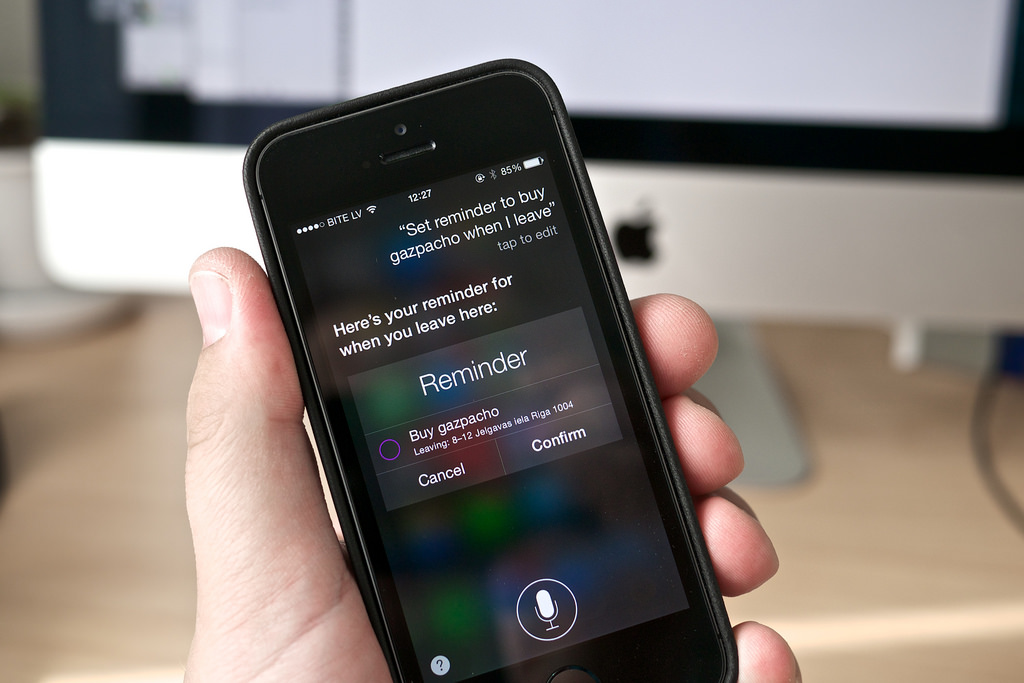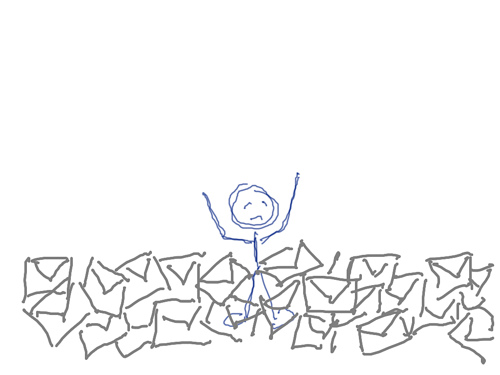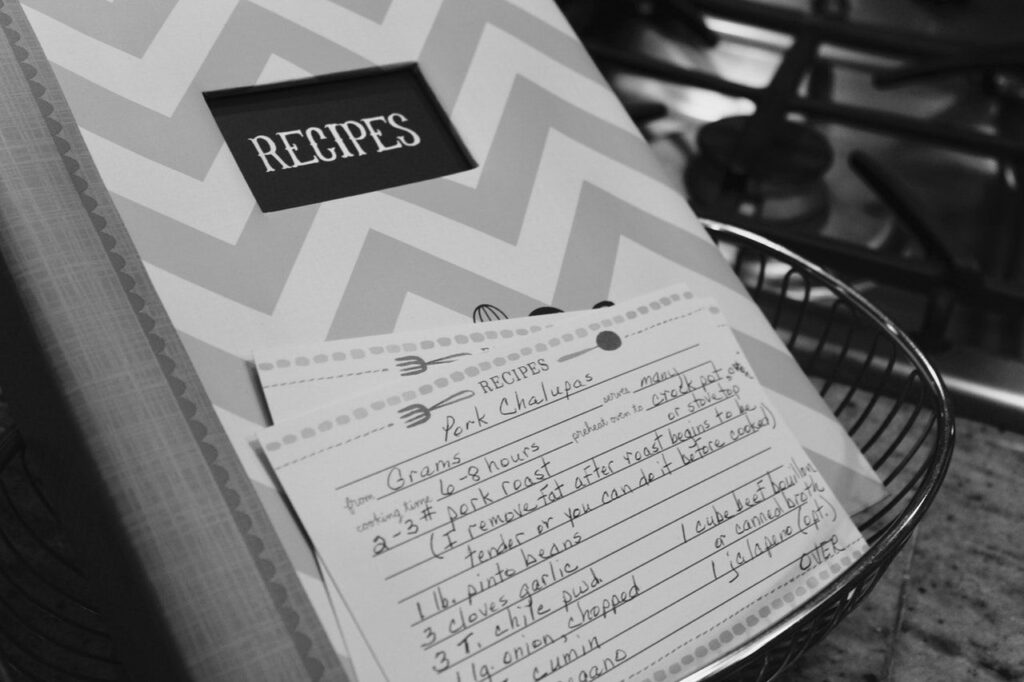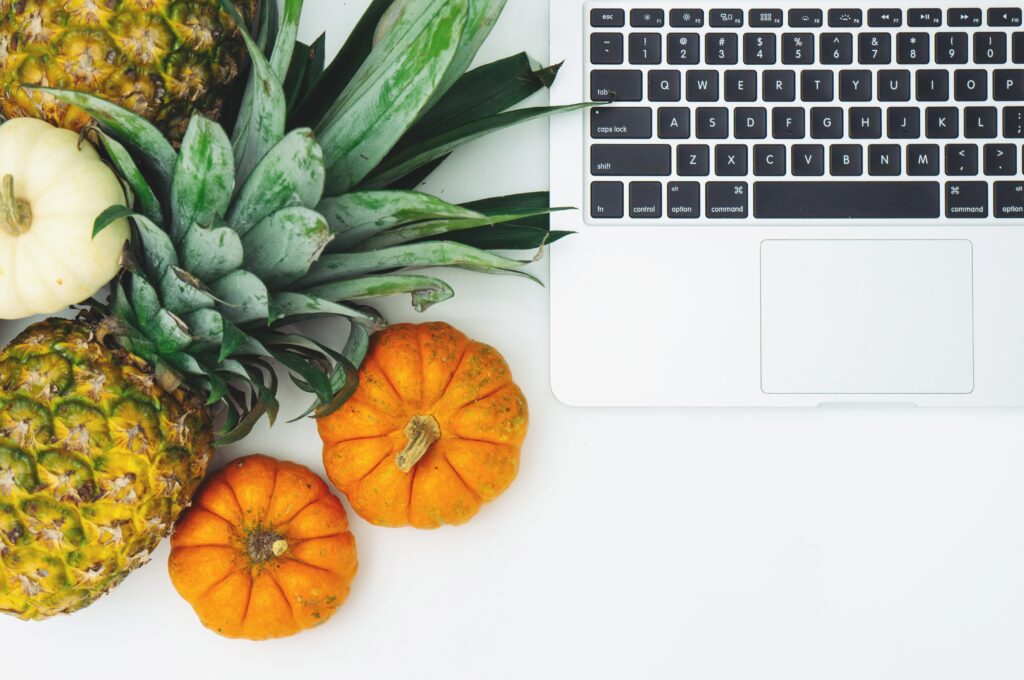Some of the articles I write in this blog describe long-term strategies for growth and productivity. Today, I’m going to list a few quick tricks that you can start using today to boost your efficiency and improve your workflow if you are a nutritionist or wellness professional.
Before diving in though, are your habits supporting a productive life? Check our my personal productivity machine guide for in-depth tips on how to become more productive.
1. Never forget anything again
Next time you need to remember anything (to call someone, to go somewhere, to pay for something, etc) just use your smartphone.
With iPhone:
- Hold the iPhone button for 3 sec.
- Say to Siri something like: remind me to renew my transport card subscription in 10 days.
- When the date comes, your phone will remind you.
With an Android Phone you can activate voice control equivalent by saying “OK Google” to your phone.
This simple trick works great because you don’t need to type in the tiny keyboard of your phone. You can record a reminder for yourself in 10 seconds, and be sure to receive it when you need it. It’s extremely convenient, try it out!

You can use this trick for anything. Example sentences you can say:
- Remind me to follow up with James about his consultation enquiry next Monday.
- Remind me to make a bank transfer in 5 days.
- My personal favourite: Remind me to switch off the oven in an hour and a half (no more burnt roast, yay!).
The only thing you will need to remember is not to let your phone’s battery die… but this is a separate issue.
2. Always reply to emails straightaway
Wouldn’t it be amazing if every email a client sent you got a reply almost instantly?
There are two options for you to accomplish this, starting today, and from now onwards.
Option 1 – Autoreply
Many nutritionists opt for configuring an auto-reply system. Something in the lines of Thank you for your message, I will reply back within 24h. You can easily set this message in Gmail or any other email provider.
The advantages of this strategy is that clients know straightaway their email was received (i.e. they know the email address exists and works), and they can relax and wait for your reply.
The disadvantage is that a generic auto-generated message is not as nice as a personal hand-written one. This leads to option 2…
Option 2 – Be always connected
This one is harder, but definitely doable. If you have a relatively clean inbox – you get a few dozen emails a day, rather than 100+ spam messages – then you can reply to most of them fast.
I almost always reply to emails the moment they come in. If it is a short email, I reply with the answer straightaway. If it is a long email, I can reply saying I’ll review the information and come back soon.
If you email me whilst I’m awake (and outside of my sacred lunch hour) you’ll most likely get a reply fast – usually within seconds or short minutes.
The advantages of opting for this are enormous. Firstly, everyone appreciates timely responses. Secondly, it demonstrates commitment and professionalism. Thirdly, you will get more opportunities and clients.
But, how can you be always connected without going crazy?
Basically, you can treat email the way you treat phone calls. Most phone calls get an immediate reply; and something similar is possible with email. Try to match these conditions:
- Aim to clean and automate your inbox enough so that spam or non-important emails get categorised automatically.
- Have Gmail (or your mail provider) open at all times in your computer. When a message comes in you will hear a blip! (like when your phone rings) so that you can reply immediately.
- Download the Gmail (or other mail provider) app in your phone. Choose the settings so that your phone vibrates in your pocket when a new email comes in.
- The moment an email comes in, train yourself into the habit of replying straightaway. Once you do it a few times it becomes automatic and effortless.
- If you don’t know what to say to a long email you can always say thanks for your message, I’ll review it in detail and come back to you soon.
- Keep a tidy inbox with not too many emails coming in every day to keep sanity and stress at reasonable levels.
You can choose option 1 or 2 depending on your situation and preference. Any of them will probably be better than postponing replying to emails. I suggest you try option 2 for a few days, it’s not as hard as it may sound!
3. Try to get specific actions and dates after every interaction
I’ve grown up in Spain, but lived many years in the United Kingdom. When I first moved in to the UK, I noticed many cultural differences. One of them is the way people say no to things.
In Spain, in particular in the north, people usually say no directly.
Moreover, in some rural areas in Spain, some salespeople report they have been pointed at with a shotgun when trying to sell their products. But you should also note that Spanish people tend to exaggerate.
In any case, in English speaking countries, people tend to be much more polite and politically correct. This means that you won’t often hear a direct no as an answer to your questions.
Basically, sometimes it’s very hard to say no to someone; nobody wants to damage someone else’s morale.
For example, perhaps you had a consultation with a client today. You think it would be a good idea to schedule a follow up session in 2 months to check progress. Your client says: sure, i’ll call you… And then he never calls.
Another example, a prospective client calls asking about your services as a nutritional therapist. After a vivid conversation, you are sure this person will book in a consultation, but it never happens.
Basically, many times when someone is not really too interested in doing something, they’ll just postpone it for later rather than saying no directly… then they will never do it.
Not saying no can happen out of concern of sounding harsh, or because the person is genuinely not sure at the moment. It’s a very natural response we all adopt sometimes when facing decisions.
If you want to increase client compliance, and to be more effective, the key idea is setting specific actions and specific dates with people.
If you are trying to schedule a meeting, or to get a customer to comply with your meal plan and achieve a set of goals; you should aim to set specific actions and dates.
E.g. instead of I’ll call you, you can say *I’ll call you **on Wednesday at 14:00. Instead of *we should schedule a follow up soon*, say *let’s schedule a follow up **on September 20th. You can always change the date later if needed.
Amazingly, it seems that making a decision is often harder than carrying out subsequent actions. Often, the specific date doesn’t matter that much, what matters is to choose one.
A familiar analogy: Think about eating at a restaurant. Often it is hard to choose an option in the menu amongst dozens; yet you will probably be happy after eating it (unless you choose one of those remorse foods like cake, you are happy whilst you eat them, not after).
Try to choose dates and actions, or encourage your client to do so (obviously without being pushy). A client committing – even provisionally – to a follow up on an specific date is worth much more than 5 maybes, scheduled at some point in the future.
Conclusion
If you get into the habit of setting reminders via voice in your phone, replying to emails fast, and attempting to set specific dates and actions, you will definitely improve productivity and efficiency in your nutrition practice.
Additionally, if you are interested in reducing paperwork and increasing automation of admin tasks, why not checking our nutritionist software. It’s been designed specifically to help you cut down paperwork and to enable you to work better and smarter.
Finally, if you enjoyed this article, please share it with other colleagues you feel may like it too. To receive more articles with tips for nutritionists like this one in your inbox, please enter your email in the yellow box below.
Thanks for reading,




